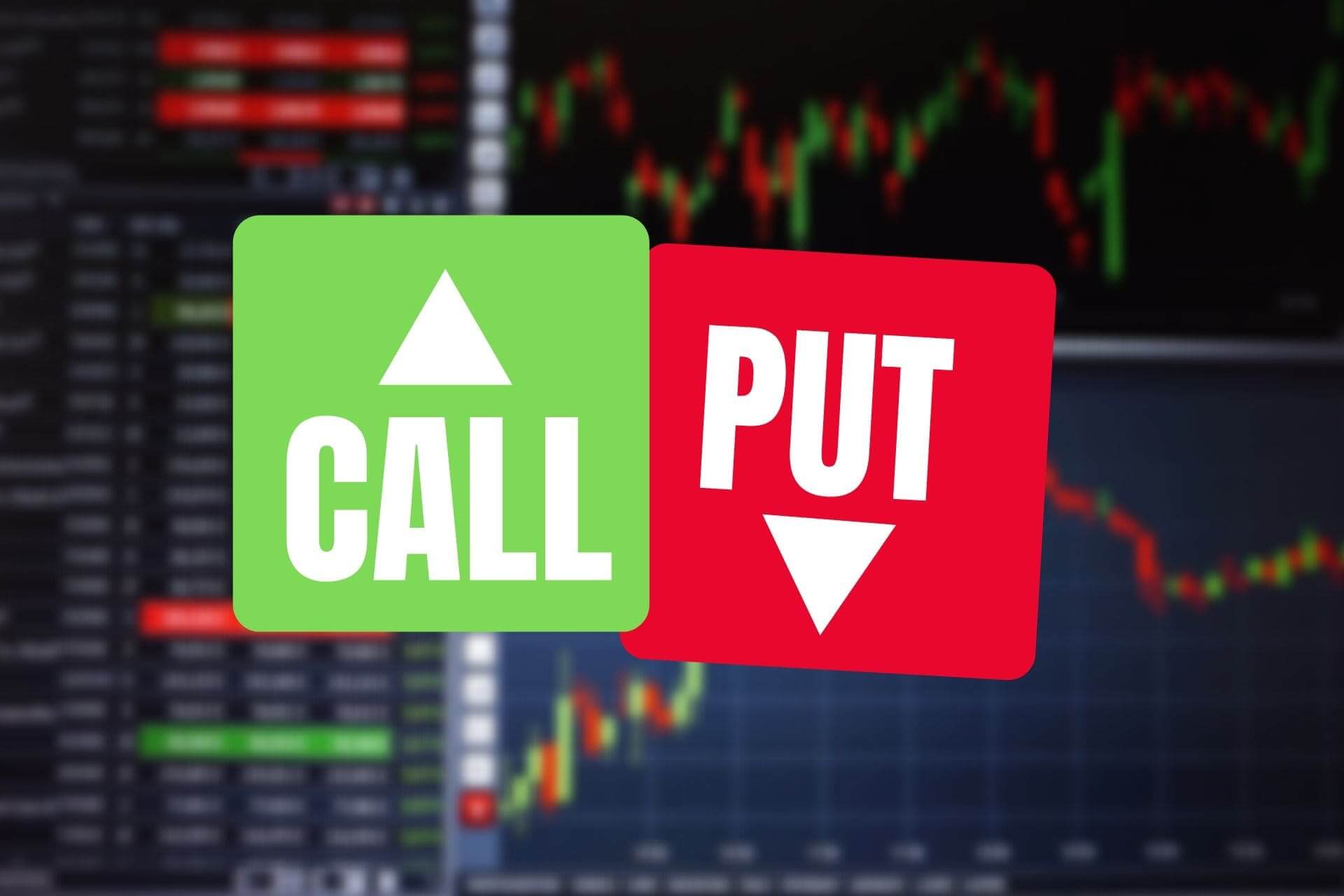Options trading is a versatile and potentially profitable form of investment, especially when you understand how to use calls and puts effectively. In this guide, we’ll break down the essentials of options trading, the role of call and put options, and how to use them to earn money. We’ll also provide a detailed example to illustrate each point.
What is Options Trading?
Options trading involves buying or selling the right, but not the obligation, to buy (call) or sell (put) a security at a predetermined price (strike price) before a specific date (expiration date). The primary appeal of options is that they allow traders to leverage their investment, meaning they can control a large amount of stock with a relatively small investment.
Key Terms in Options Trading
- Call Option: The right to buy an asset at a specific price (strike price) before the option expires.
- Put Option: The right to sell an asset at a specific price before the option expires.
- Strike Price: The price at which the asset can be bought (in a call) or sold (in a put).
- Expiration Date: The date when the option contract expires.
- Premium: The price you pay to buy an option.
- In the Money (ITM): A call option is in the money if the stock price is above the strike price, and a put option is ITM if the stock price is below the strike price.
- Out of the Money (OTM): A call option is OTM if the stock price is below the strike price, and a put option is OTM if the stock price is above the strike price.
- At the Money (ATM): The stock price is the same as the strike price.
How Call Options Work (With Example)
A call option gives you the right to buy a stock at a specific price before the option expires. Here’s how you can profit from a call option.
Example of a Call Option:
Imagine that you believe the stock of Company X, currently priced at $100, will rise in the near future. You decide to buy a call option with a strike price of $105, expiring in one month. The premium for the option is $2.
- Cost of Call Option: $2 × 100 shares = $200 (since 1 options contract typically represents 100 shares).
- Scenario 1: If Company X’s stock price rises to $115 before the expiration date, you can exercise your option to buy 100 shares at $105. You can then sell those shares at the current price of $115, making a profit of $10 per share. Your total profit is:
- $115 – $105 = $10 per share.
- Total profit = $10 × 100 shares = $1,000.
- Net profit = $1,000 – $200 (premium) = $800.
- Scenario 2: If the stock price stays below $105, your option expires worthless, and you lose the $200 premium.
Key Takeaways:
- You earn from call options when the underlying stock price goes up.
- Your maximum loss is limited to the premium you paid ($200 in this case), but your upside potential can be significant if the stock rises.
How Put Options Work (With Example)
A put option gives you the right to sell a stock at a specific price before the option expires. You can profit from a put option when you expect the stock price to fall.
Example of a Put Option:
Assume Company Y’s stock is currently priced at $100, and you believe the stock price will decline in the next few weeks. You decide to buy a put option with a strike price of $95, expiring in one month. The premium for the put option is $3.
- Cost of Put Option: $3 × 100 shares = $300.
- Scenario 1: If Company Y’s stock falls to $85, you can exercise the put option and sell the stock at the higher price of $95. This gives you a profit of:
- $95 – $85 = $10 per share.
- Total profit = $10 × 100 shares = $1,000.
- Net profit = $1,000 – $300 (premium) = $700.
- Scenario 2: If the stock price stays above $95, the option expires worthless, and you lose the $300 premium.
Key Takeaways:
- You earn from put options when the underlying stock price falls.
- Like call options, your maximum loss is the premium paid, while your profit depends on how far the stock price drops.
Key Points to Consider When Trading Options
1. Leverage and Capital Efficiency
Options give you the ability to control a large number of shares for a relatively small upfront cost. This leverage allows you to amplify your gains. However, leverage can also amplify losses, so it’s essential to manage your risk.
2. Limited Risk
One of the biggest advantages of trading options is that your risk is limited to the premium paid for the option. Unlike short selling or margin trading, where your losses can be unlimited, with options, the maximum amount you can lose is the premium.
3. Profit from Both Up and Down Markets
Options trading allows you to profit in both bull and bear markets. Call options let you profit when stock prices rise, and put options help you earn when prices fall. This flexibility can help you hedge your investments or capitalize on market volatility.
4. Time Decay (Theta)
Options have an expiration date, which means their value decreases as the expiration date approaches if the underlying stock doesn’t move in the anticipated direction. This is known as “time decay.” The closer an option is to its expiration, the more rapidly its value may erode if it remains OTM.
5. Volatility and Option Pricing
The price of an option is influenced not just by the stock price but also by volatility. Higher volatility increases the likelihood that the option will move ITM, thus raising its premium. Conversely, low volatility can make options cheaper but also reduces the potential for significant price movements.
6. Choosing the Right Strike Price
When buying options, selecting the appropriate strike price is crucial. Generally, options that are ITM or close to ATM tend to be more expensive but have a higher probability of making a profit. OTM options are cheaper, but the stock must make a significant move for you to profit.
Conclusion
Options trading, when done correctly, can be a powerful tool for earning profits with limited risk. By using call options, you can profit from rising stock prices, while put options allow you to benefit from falling prices. The key is to thoroughly understand the mechanics of options, manage your risk, and stay informed about market conditions.
Example Recap:
- Call Option: Buy if you expect the stock price to rise. Profit if stock > strike price + premium.
- Put Option: Buy if you expect the stock price to fall. Profit if stock < strike price – premium.
Always remember to stay disciplined, be mindful of your risk tolerance, and consider using strategies that limit potential losses while maximizing your earning potential in options trading
I am Komal Hatwaani, aims to provide readers with informative and engaging content that covers everything from technology and business to entertainment and lifestyle. This website dedicated to delivering high-quality content that informs, entertains, and inspires our readers.
Join us on our journey as we continue to explore the ever-evolving landscape of news and information, providing you with valuable insights and perspectives that enrich your digital experience.












